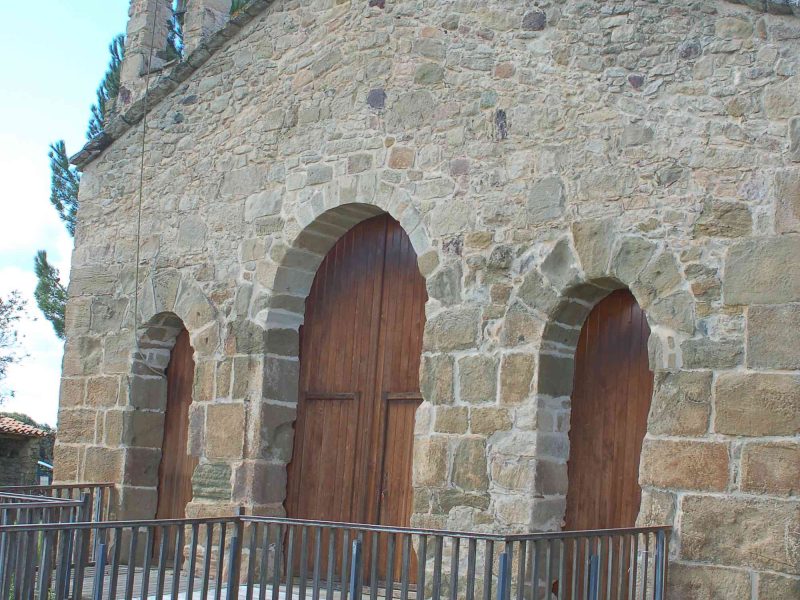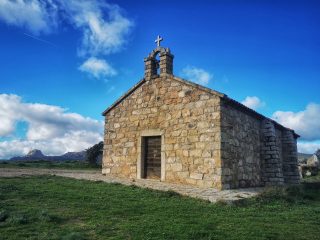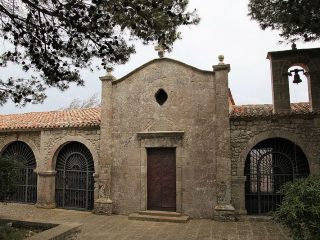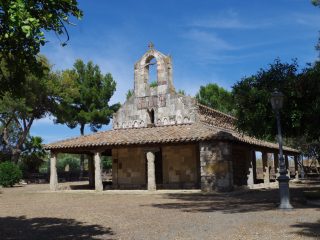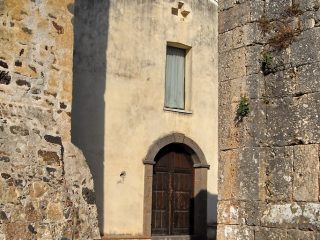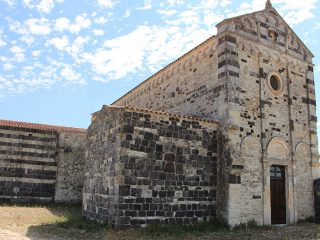Standing on the SP 38 trunk road, the S. Lucia site is an important example of cultural continuity.
An imposing Nuraghe, which nowadays looks like an artificial hill, it is clearly identifiable on the upper part of the main tower. In Roman times, a settlement was built near this monument dating from between the I and II centuries A.D., which has been partially uncovered and is now open to the public.
Above this site, already between the V and VI centuries A.D., a church was built, and the narthex (avant-corps of the building for catechumens and penitents) and southern side wall have been preserved.
The church was abandoned and rebuilt several times. The present-day layout is from the XV century A.D., but two lots of restoration work in the XX century A.D. and archaeological excavations are the result of what we can see today.


